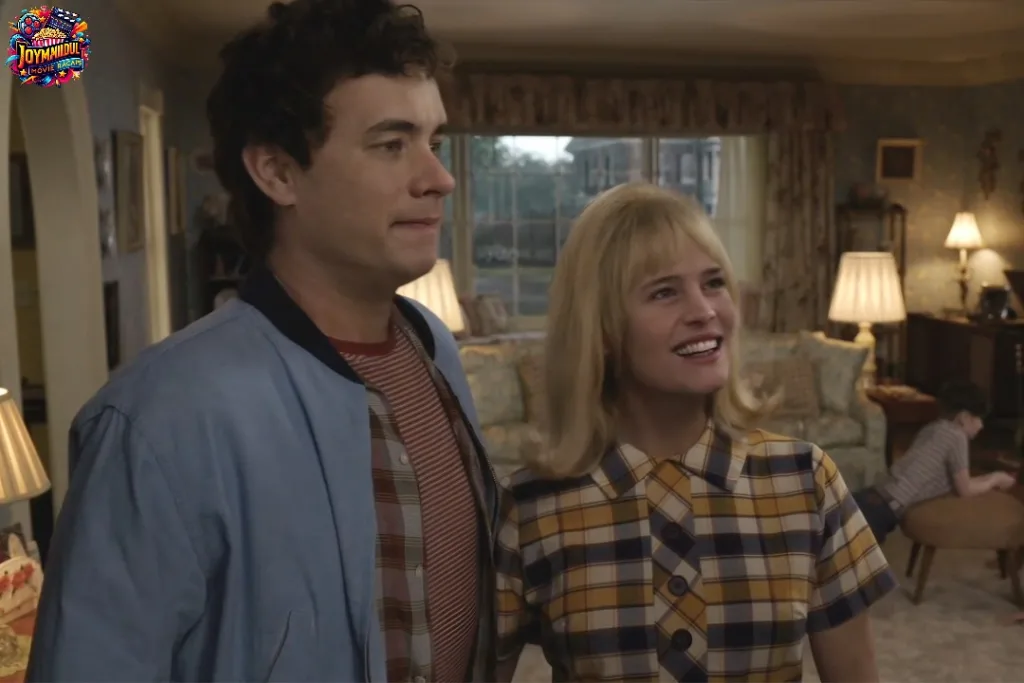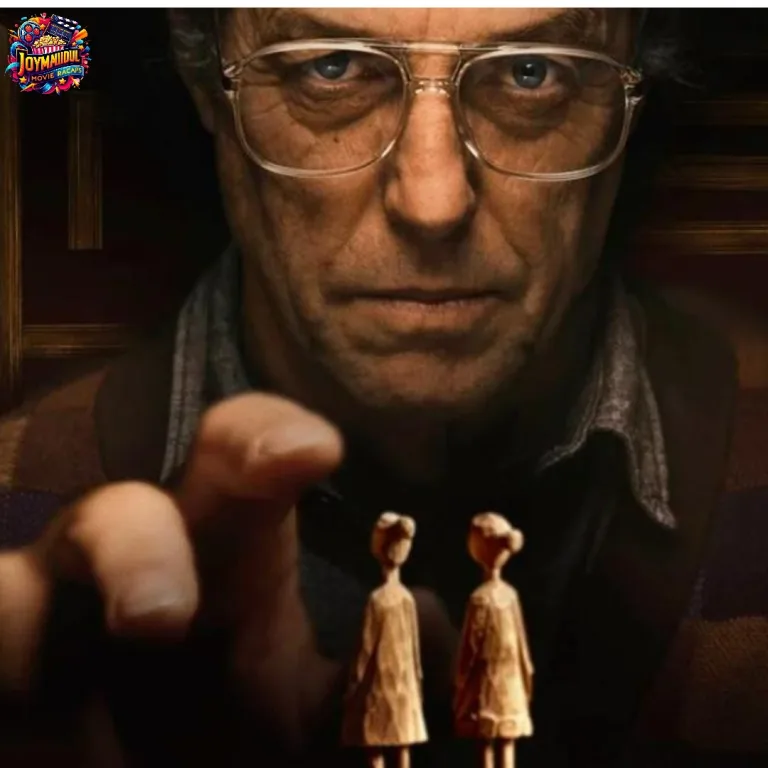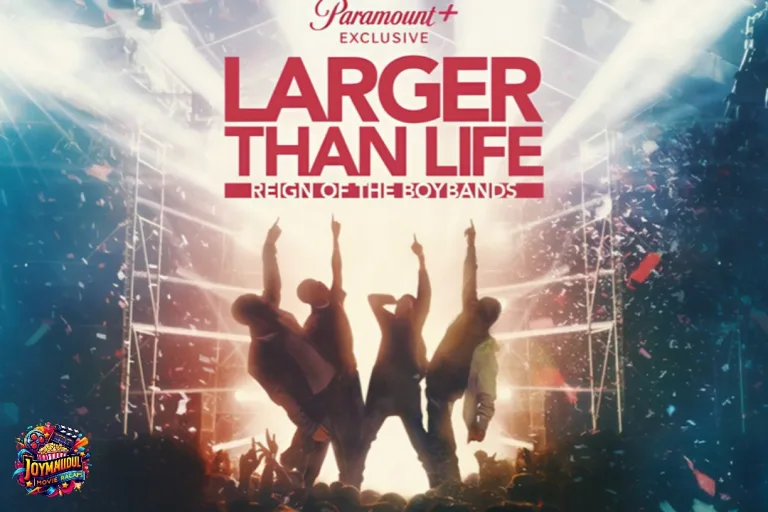
A deep exploration of Here (2024), directed by Robert Zemeckis. We’ll break down the plot, characters, themes, and the movie’s unexpected ending. #joymahidul #HereMovie
Unraveling Here (2024): A Deep Dive into Zemeckis’ Ambitious Drama
Explore the complex layers of Robert Zemeckis’ Here: A story of time, memory, and legacy
Welcome to this detailed review of Here (2024), a bold film by Robert Zemeckis. It stars Tom Hanks, Robin Wright, Paul Bettany, and Kelly Reilly. Here looks at almost 100 years of history from one room in a house. Using broken stories and jumps in time, it aims to give a movie experience about love, loss, time, and memory. Let’s look at the scoreline, discuss its special style, check how critics felt, and decide if Here is worth watching.
Plot and Structure
This is based on the 2014 realistic novel by Richard McGuire. The novel shows time as layers in a single picture. The film variation utilizes this thought. It follows various characters who have resided in similar houses in New Britain. These stories are set during various times. It recounts their accounts in a jumbled order. It shows individuals from ancient days to the future. It reflects changes in the planet and society around them.
Synopsis
The film starts millions of years ago in a land filled with dinosaurs and moves through important historical times. The house at the centre of the story holds the human tales that take place there. We see the lives of different residents, from early settlers and a Native American family to modern-day inhabitants. Richard (played by Tom Hanks) and Margaret (Robin Wright) are a young couple who find love in the house. They return later in life.
Each family that lives in the house brings new feelings, challenges, and depth to the film. Paul Bethany and Kelly Reilly play Al and Rose. They are a couple raising their kids in the post-World War II era. This adds to the story of love, generational gaps, and the flow of time. This layering of moments and lives shows us the recurring themes of family, legacy, and the fleeting nature of life.
Ending Explained
At the end of the film, Richard comes back to the house. He is accompanied by an older Margaret, who now has dementia. As they sit in the empty house, Richard remembers moments from their life together. Some memories also come back to Margaret. This scene is both sad and sweet, showing the love and loss they faced there. The ending makes viewers think about how a place can shape a person’s identity. It leads to reflections on how our lives are tied to the spaces we experience.

🌟🌟🌟🌟🌟 BUY NOW
Film Style and Zemeckis’ Direction
Zemeckis is known for his technical skills, and this film shows that. It uses a split-screen format to show different time periods at the same time, reflecting the graphic novel’s style. Each switch between times is done with visuals that connect stories from various generations. Critics have praised Zemeckis for being creative in his storytelling. This technique lets the past and present blend in a dreamlike flow.
However, some critics feel that the movie is too ambitious, sometimes losing the emotional impact it aims for. The single-room setting can feel cramped. It may also feel dull. This is especially true when much of the characters’ lives happen outside of what we see. The screenplay, co-written with Eric Roth, sometimes struggles to maintain energy. It doesn’t always keep the audience fully interested in these broken tales.
Cast and Characters
The great cast is a key explanation individuals need to see this film. Tom Hanks and Robin Wright, who featured together in Forrest Gump, are back playing Richard and Margaret. Their jobs show the prevalent burdens and individual battles individuals faced in their time.
Paul Bettany and Kelly Reilly give solid exhibitions as Al and Rose. They are a couple who assume control over the house after WWII. Even though their lives are straightforward, they conceal further feelings and dreams that are not satisfied.
Indeed, even in areas of strength, a few pundits figure the film doesn’t completely utilize the cast’s abilities. They frequently say the content doesn’t allow watchers to interface intimately with any person. All things being equal, it zeros in more on time and setting, which can occupy from the individual stories. In any case, the acting keeps the watcher grounded in genuine sensations of affection, struggle, and lament.
Critical Reception and Ratings
Here premiered at the AFI Fest in October 2024 and critics have given it mixed reviews. Here are ratings from major sites:
Rotten Tomatoes: 64%
Metacritic: 58/100
IMDb: 6.7/10
The Guardian: 3/5
Critical Pros and Cons
Pros:
Unique Concept: Zemeckis’ take on time and space adds a fresh angle to the viewing experience.
Strong Performances: The star cast brings depth to their roles, especially in emotionally rich scenes.
Visual Aesthetic: The divided screens and visual overlays make the film visually appealing.
Cons:
Lack of Emotional Connection: The mixed storytelling makes it hard to connect fully with any character.
Pacing Issues: The limited setting and slow-paced story can feel dull. The film’s focus on big ideas can take away from its emotional core. Execution is too ambitious.
Final Thoughts and Recommendation
This film is worth watching if you like movies that play with story and visuals. It reflects on time and memory. Although it does not hit the emotional highs of some of Zemeckis’ other films, it thoughtfully explores life’s brief moments. Fans of the director or unique storytelling find it rewarding. However, if you like a movie with a strong plot, the pacing and style do not suit you.
In short, this cinematic experiment will not please everyone. It will appeal to those curious about storytelling that layers time.




